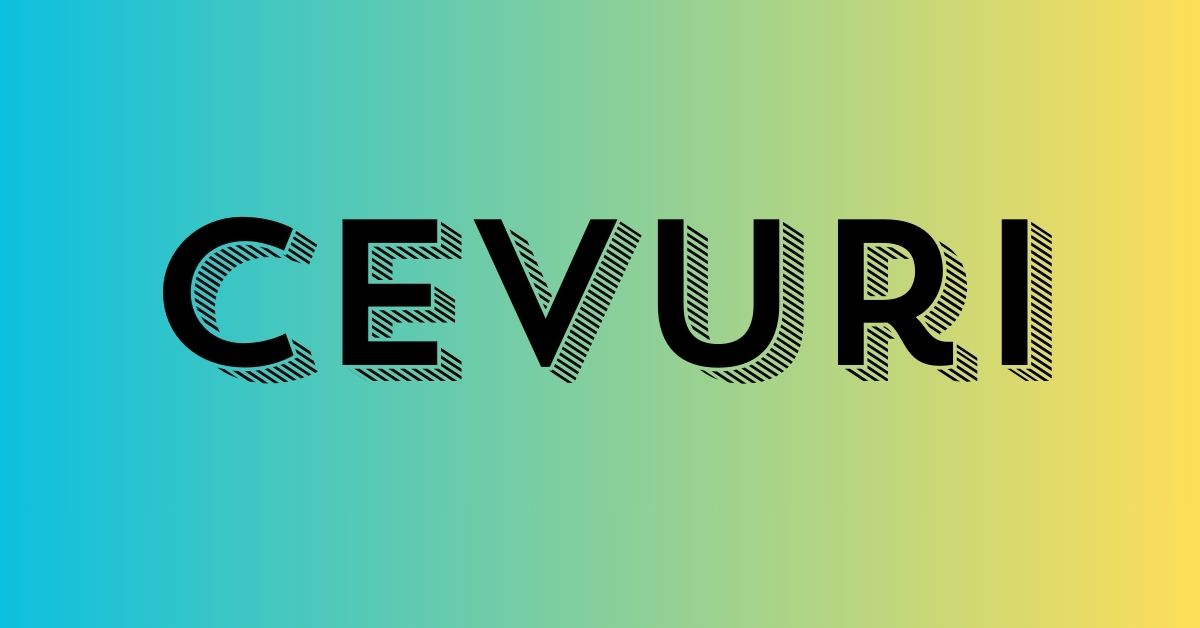The word Cevurı has started gaining attention in different contexts, sparking curiosity about its meaning, relevance, and applications. While not widely familiar in mainstream discussions, its usage is slowly expanding across language, culture, and even digital platforms. To truly understand Cevurı, it’s important to look beyond just a term and explore the deeper layers that define its value.
Cevurı resonates differently depending on where it is used. For some, it represents translation and communication, while for others, it connects to cultural identity and adaptation in a globalized world. No matter the angle, the concept touches on something essential: bridging gaps between ideas, people, and expressions.
What Does Cevurı Mean?
At its core, Cevurı is linked to the idea of transformation, interpretation, and making sense of information. In some contexts, it is seen as a variation of the word “translation,” emphasizing the process of converting meaning from one form to another. But it is not limited to just language—it can also symbolize cultural understanding and knowledge exchange.
The growing use of Cevurı reflects a need in today’s world where communication barriers are rapidly breaking down. Globalization, technology, and cultural diversity demand concepts that connect people effectively, and Cevurı emerges as one of those connectors.
Why Cevurı Matters in Today’s World
The importance of Cevurı can be understood by looking at how the world functions today. Whether in business, education, or personal life, communication and understanding are central. Without the ability to interpret and adapt meaning, ideas remain stuck within closed circles.
Cevurı represents the broader act of creating bridges. It matters because:
-
It supports cross-cultural communication by helping ideas move from one context to another.
-
It encourages inclusivity by making information accessible to more people.
-
It strengthens global connections, enabling smoother collaboration across borders.
In an age where digital platforms connect billions, the need for processes like Cevurı is more critical than ever.
Cevurı in Communication
One of the most common areas where Cevurı finds relevance is in language and communication. Translation has always been a part of human interaction, but modern contexts demand faster, more accurate, and culturally sensitive solutions.
Think of businesses entering new markets. They can’t simply translate words; they need to adapt messages so they resonate with local cultures. This is where the deeper meaning of Cevurı plays a role—it’s about preserving intent while shifting form.
The Role of Cevurı in Culture
Culture thrives on exchange. Music, art, literature, and traditions constantly move between regions, reshaping as they travel. Cevurı captures this movement, making it possible for cultural products to be appreciated across different societies.
For example, when a film from one country is adapted for another, it is not just the language that changes. The context, humor, and emotions must also be reinterpreted so they make sense to the new audience. This act of cultural translation is a strong example of Cevurı at work.
Technology and Cevurı
The digital era has made Cevurı more important than ever. Technology doesn’t just spread information; it also requires interpretation. From AI-driven language tools to content localization for global audiences, the principle of Cevurı is central.
Search engines, e-commerce platforms, and social media thrive on inclusivity. A post in one language can reach millions when properly adapted. Similarly, global brands rely heavily on digital translation and cultural interpretation to maintain consistent engagement across regions.
This technological relevance means that Cevurı is not just a linguistic or cultural term—it is a cornerstone of digital progress.
Cevurı in Education and Knowledge Sharing
Education depends on accessibility. Knowledge should not be limited to those who speak one language or belong to a single culture. Cevurı makes it possible to bring ideas into new contexts where they can inspire and educate.
For example, research papers, books, and scientific discoveries gain global recognition only when they are accessible across multiple languages and formats. Students, educators, and professionals all benefit when learning materials are interpreted through the lens of Cevurı.
Challenges in Practicing Cevurı
Despite its benefits, Cevurı is not without challenges. Accurately capturing meaning is difficult, and there’s always the risk of losing cultural depth. Literal translation often fails to convey emotion, while over-adaptation can dilute the original essence.
Another challenge is technology itself. While AI-powered translation has advanced, it still struggles with cultural nuances, humor, and emotional tones. This shows why human understanding remains central to successful Cevurı.
The Future of Cevurı
Looking ahead, the importance of Cevurı will only grow. With increasing globalization, people and businesses need more than surface-level translation. They need cultural alignment, sensitivity, and precision in communication.
Advances in artificial intelligence may improve automated solutions, but human-driven interpretation will always remain key. The future of Cevurı lies in combining technology with empathy—where algorithms process data and humans ensure meaning and connection.
A Case of Everyday Cevurı
Imagine a startup trying to expand from Turkey into Europe. The brand name, marketing campaigns, and even customer service need adaptation. Words that work well in one region may confuse or offend in another. Through Cevurı, the business can adapt its presence to new cultural environments without losing its identity.
This everyday example highlights why Cevurı is not just an abstract concept but a practical necessity.
Conclusion
Cevurı is more than a word—it is a bridge between languages, cultures, and technologies. By enabling understanding across boundaries, it supports growth, inclusivity, and innovation. In communication, it ensures clarity. In culture, it allows appreciation. In technology, it drives accessibility. And in education, it expands opportunities.
